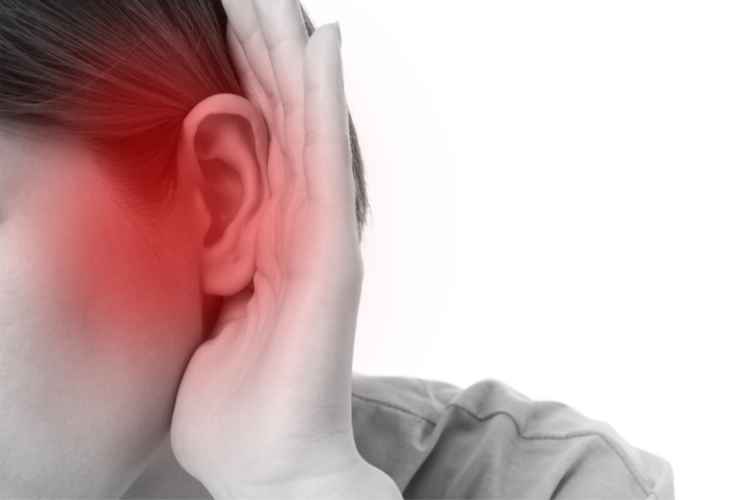A significant one in eight people above the age of twelve in the United States experience hearing loss in both ears. With something so prevalent within the developed world, it can be confusing that there are different types of hearing loss.
If you keep reading, you’ll see hearing loss explained as it’s summed up in this short hearing loss guide.
Conductive Hearing Loss
Out of the four types of hearing loss, conductive hearing loss is occurred by sound waves being blocked from getting all the way from the middle or outer ear to the inner ear. The most common causes of this type of hearing loss are trauma or obstruction.
Sometimes a foreign object can block sound, such as if a kid inserts a small object into their ear. Other times it’s caused by wax buildup, fluid, a bone abnormality, or infection. Common ways of fixing this issue is by surgery or medication.
Sensorineural Hearing Loss
This problem is typified by a nerve issue or problem within the inner ear. Hair cells in the cochlea, an organ within the ear, might be damaged, resulting in this type of hearing loss.
This type of loss in hearing is very common among aged people. It can also be brought on through inheritance, loud noises, injury, or disease. Even certain drug usage can cause it.
Many people cannot be treated through surgery but benefit from the use of hearing aids.
Mixed Hearing Loss
This is a combination of the first two types of hearing loss. It’s usually brought upon after one has already experienced sensorineural hearing loss and then develops conductive hearing loss from that.
Visiting a Hearing Clinic can help determine which of the two types of hearing loss you have or if you have both.
Auditory Neuropathy Spectrum Disorder
Auditory neuropathy spectrum disorder is a type of disorder that results from damage to the inner ear. Either the inner ear or auditory nerves are damaged. Sound enters the ear normally but then cannot be organized for the brain to understand and process.
Single-Sided Deafness
While the above four are the main types of hearing loss, some people experience single-sided deafness. People with this condition are either born that way or experience a loss of hearing in one ear throughout child or adulthood.
Single-sided deafness can constitute either conductive or sensorineural hearing loss. Fortunately, with the assistance of technology, there are hearing loss tips and interventions that can help this condition.
Seeking Help For Different Types of Hearing Loss
Undergoing regular hearing loss tests is a way to ensure yourself of getting the right diagnosis and potential treatment options. While hearing loss is an inconvenience to those who have had their hearing all of their lives and a major disturbance to those who have had hearing problems forever, you can get help.
For more ways to take your health seriously, read posts under our ‘Lifestyle‘ page.























